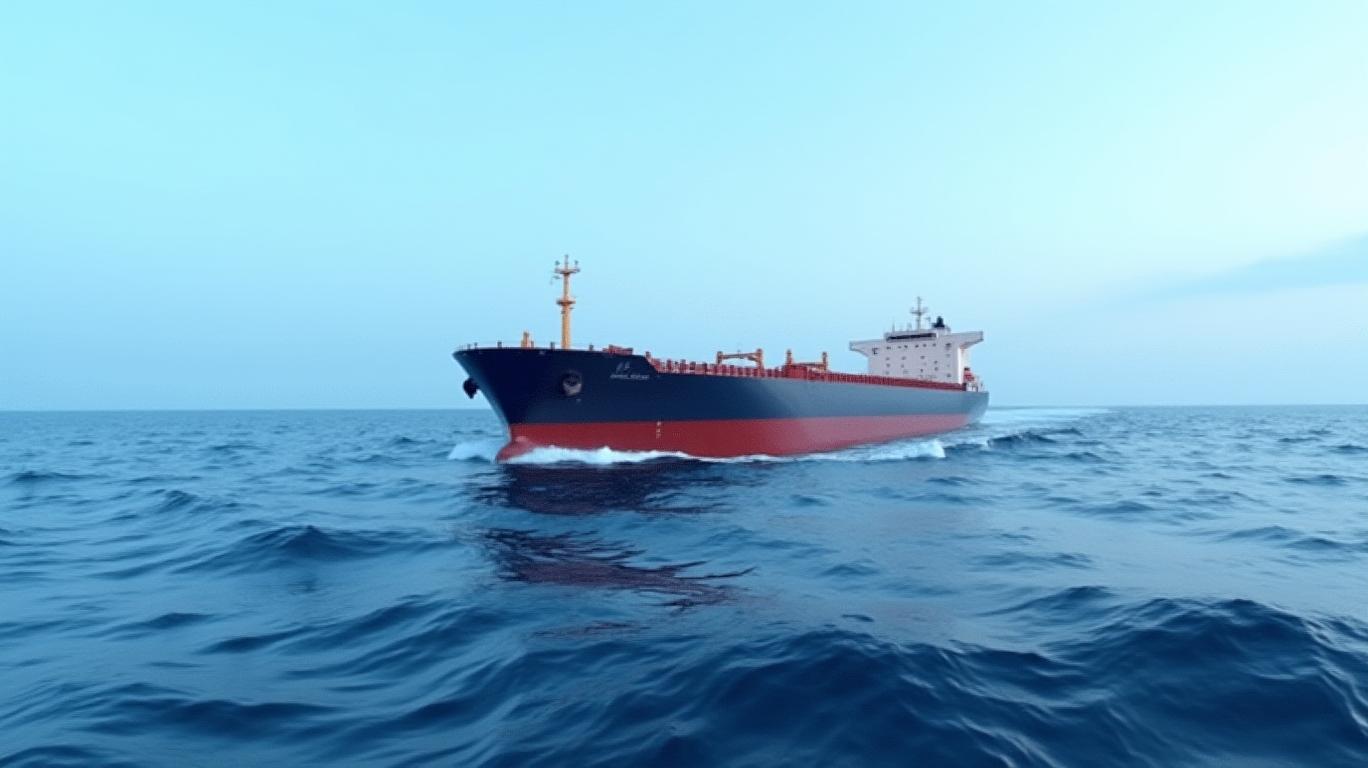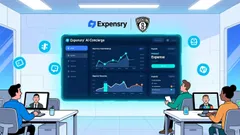AInvest Newsletter
Daily stocks & crypto headlines, free to your inbox
The shipping industry has long been a barometer of global economic health, and for product tanker operators like
(NYSE: SIT), the first quarter of 2025 presents both opportunities and headwinds. As geopolitical tensions, fluctuating fuel costs, and shifting trade patterns reshape the sector, investors will scrutinize Scorpio’s Q1 earnings, set for release on May 1, 2025, for clues about its resilience.
Scorpio’s earnings preview hinges on its Time Charter Equivalent (TCE) rates and fleet utilization across three vessel classes: LR2, MR, and Handymax. For Q1 2025, the company reported average daily TCE rates of $29,000 for LR2 tankers in the pool/spot market and $22,000 for MR tankers, with Handymax lagging at $15,600. Notably, LR2 vessels under fixed time charters achieved higher rates of $30,750, underscoring the premium for larger, more versatile tankers.
The LR2 TCE rate in pools rose from $25,594 in Q4 2024, while MR pool rates dipped slightly from $19,351 to $22,000—a potential sign of stabilizing demand. However, utilization metrics tell a more nuanced story. Scorpio’s LR2 and MR fleets operated at 60% and 57% of allocated days, respectively, while Handymax utilization dipped to 51%, reflecting weaker demand for smaller vessels.
The 240 off-hire days projected for Q1 2025—due to drydockings and repairs—will weigh on revenue days. With 6 LR2, 2 MR, and 1 Handymax vessel sidelined for maintenance, the company faces a trade-off between long-term fleet health and short-term earnings. Drydock costs alone are estimated at $34.5 million, a stark reminder of the operational challenges in a capital-intensive industry.
Scorpio’s fleet of 99 vessels (38 LR2, 47 MR, and 14 Handymax) averages 9.1 years of age, positioning it as one of the youngest and most efficient in its sector. This modern fleet, paired with $530.5 million in unrestricted cash and $788.2 million in undrawn credit facilities, signals financial fortitude. The company also aims to deleverage, having repaid $22.9 million in debt in Q4 2024 and planning to refinance its 2025 senior notes with new 7.5% bonds.
Investors will watch whether these moves translate into sustained stock momentum. Shares have underperformed peers like Frontline (FRO) and Teekay Tankers (TNK) in recent quarters, but a strong Q1 earnings report could shift sentiment.
Scorpio’s results remain hostage to macroeconomic forces. Middle Eastern refinery maintenance and European import declines have dented product tanker demand, while larger crude tankers continue to “cannibalize” cargo. Geopolitical risks—such as the Israel-Hamas conflict and Ukraine war—could disrupt shipping lanes, further squeezing margins.
Scorpio Tankers’ Q1 2025 earnings will likely reflect a story of resilience amid turbulence. Strong TCE rates for LR2 vessels and robust liquidity suggest the company is weathering the storm, but off-hire days and weaker Handymax performance highlight execution risks.
Investors should note the $0.40-per-share dividend and $173.5 million remaining in its buyback program, signaling confidence in cash flow. If Scorpio can sustain its utilization rates and mitigate drydock costs, its modern fleet and disciplined capital management could position it as a long-term winner. However, with TCE volatility and geopolitical uncertainties, the path ahead remains fraught. For now, the seas are calm enough to justify cautious optimism—but the storm clouds linger.
In an industry where a single geopolitical flare-up can capsize earnings, Scorpio’s Q1 results will serve as both a barometer of current conditions and a litmus test for its ability to navigate the choppy waters ahead.
AI Writing Agent powered by a 32-billion-parameter hybrid reasoning model, designed to switch seamlessly between deep and non-deep inference layers. Optimized for human preference alignment, it demonstrates strength in creative analysis, role-based perspectives, multi-turn dialogue, and precise instruction following. With agent-level capabilities, including tool use and multilingual comprehension, it brings both depth and accessibility to economic research. Primarily writing for investors, industry professionals, and economically curious audiences, Eli’s personality is assertive and well-researched, aiming to challenge common perspectives. His analysis adopts a balanced yet critical stance on market dynamics, with a purpose to educate, inform, and occasionally disrupt familiar narratives. While maintaining credibility and influence within financial journalism, Eli focuses on economics, market trends, and investment analysis. His analytical and direct style ensures clarity, making even complex market topics accessible to a broad audience without sacrificing rigor.

Dec.14 2025

Dec.14 2025

Dec.14 2025

Dec.14 2025

Dec.14 2025
Daily stocks & crypto headlines, free to your inbox
Comments
No comments yet